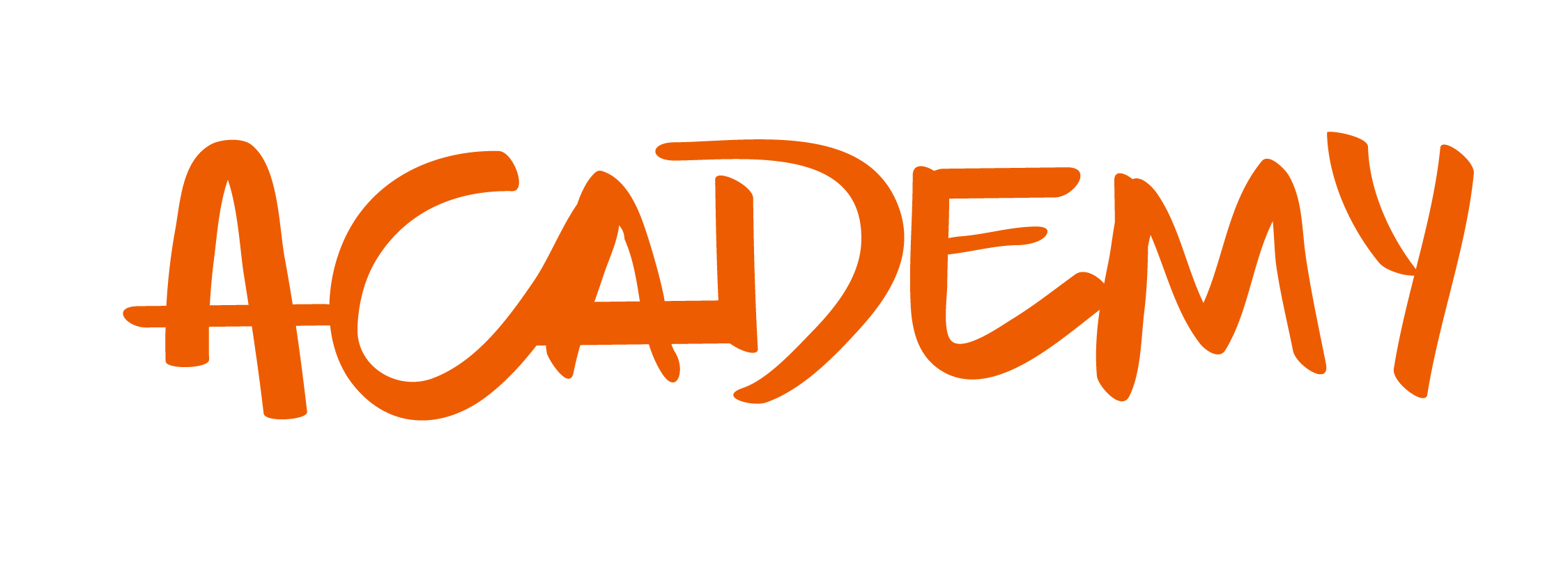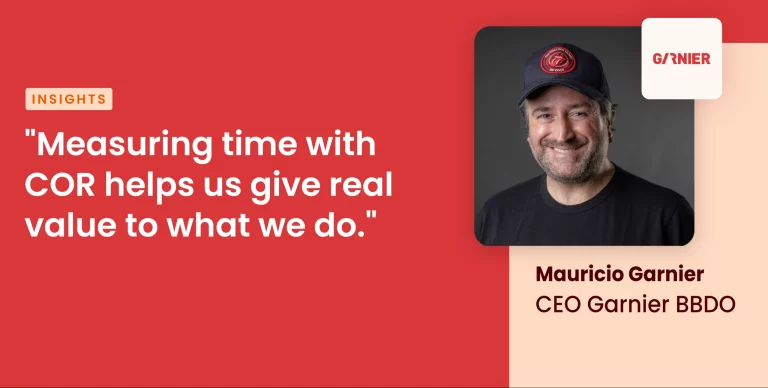Can you believe it? 2021 is speeding by and we’re fast approaching the fourth quarter, which for many professional services firms has the potential to be the biggest sales period yet. Are you ready for a powerful finish? Could it be a make or break? In this post, we’ll explore some effective strategies you can put in place to achieve your annual goals and start the new year strong.
Increasing sales performance: strategies
Evaluate your financial health
Going into the fourth quarter, many businesses pull out all the stops to source new business and bring in whatever income they can. But the 4th quarter also provides the perfect opportunity to assess the financial health of your company and ensure a strong start to next year.
Start by evaluating your current cash flow. As the pandemic has proved, no one knows what the future has in store. Businesses that weathered the storm best were those with a strong cash flow to see them through the lockdowns and bumpy periods of the past 18 months. Small businesses should aim for at least 3 months worth of cash reserves to cover their expenses. Have you enough to see you through to the end of the year?
That said, even through periods of uncertainty, businesses shouldn’t sit on large reserves of cash. If your liquidity is strong and you’ve enough to cover you for the next 90 days, then invest in growth (we’ll look at this later in the article).
Keeping with cash flow, it’s also a good idea to review your clients and highlight any late payers. The Covid-19 crisis has hit many industries hard, including travel, gastronomy, and leisure. With seriously reduced demand, and therefore revenue, many businesses in these sectors are struggling to stay afloat and cover their expenses. If you’ve lots of clients from these industries who take more than 90 days to pay, it could be a wise idea now to diversify and look to other sectors. This will help mitigate the risk.
You should also assess your profitability key performance indicators (KPI), starting with gross profit.
How to calculate?
Gross profit margin % = Revenue $ – Costs of good and services & x100
This will help you to see what margin your services command. While it varies drastically by industry, professional services firms can expect their gross margins to be around 30% on average. How does yours rank? Are you earning enough for your time and expertise? If you provide a variety of different services, are the gross margins the same? Or do you have one very high margin service and another very low?
Reviewing this information will help you take stock and refine and expand your services next year. Should you discontinue low-margin services and focus on those which bring higher profits? Why are these services at a higher margin? Can you bring lower margins up?
It’s also useful to review gross profit margin per client to help identify strong and weak businesses and industries. This data will help you determine where to focus your marketing efforts and help you attract more profitable clients.
As well as gross profit, you should also health-check your operating profit margins. This will help you see how well your business is run.
Operating profit margin % = Revenue $ – Cost of goods and services – overheads x100
On average, professional services firms should aim for the magic 60-20-20 split:
60% – Salaries, including to contractors
20% – Overheads, like office rent and non-consulting staff, etc.
20% – Profit
How does your business sit? If you’re lower than 20% profit, then don’t worry just yet. Many businesses have taken hits due to the pandemic. If that sounds like you, you should use the holiday season, as things wind down, to design a game plan to recover those profits. Can you reduce your overheads?
While it may not directly impact your quarter 4 sales performance, assessing your financial health before year-end will help set you up for a strong start to the new year.
Invest in talent
With salaries and contractor costs accounting for up to 60% of your total expenses, your people are your biggest asset. Therefore, to help set you up for a strong fourth quarter, consider investing in your team. As the saying goes, “people buy from people”, and so by investing in your team members, your clients will enjoy working with a motivated, efficient, and highly skilled team, which will drive strong results for the end of the year. And, as we mentioned earlier in this post, if your business is sitting on strong cash reserves, here’s where to invest.
There are several different ways to invest in talent, and it very much depends on which stage your business is at. Firstly, if you’re planning to grow in the next financial year, consider directly expanding your pool of talent by hiring. The fourth quarter provides the perfect opportunity to onboard new team members. The first 6-8 weeks tend to be very busy for professional services firms, and this allows your new talent to build relationships with your clients and become familiar with your ways of working. Then, as business winds down for the holiday season, your new talent has the perfect opportunity for prospecting and building their pipeline for the next quarter. By expanding your team, you’re directly increasing your capacity and so you’ll be able to deliver more projects before the quarter ends.
If you’ve already enough team members, investing in their professional growth and development is an effective way to diversify skills and boost engagement. As we discussed in a previous post, training and education play an essential role in maximizing your agency’s potential. The most successful professional services firms run in-house development programs, in which their team members learn new skills, attend off-site training days, and receive mentoring from senior leaders.
As a business, this allows you to upskill your talent and equip them with the knowledge necessary to deliver your objectives and growth plans. While for your team members, the opportunity to learn and grow professionally is a huge employee benefit that will keep them engaged and motivated. If you’re unsure where to start, use employee appraisals to directly ask your team members what skills they’d like to learn. You could then assign them a budget, and they could source the learning.
Small businesses could also use training as the first step in expanding their offering. For example, a small web design firm could train one of its team members in social media marketing to then launch this as an extra service in the new fiscal year.
Investing in talent doesn’t just mean hiring and training, it also means boosting employee morale. Consider arranging a team away day or dinner for the holiday season. You should also recognize and reward top performance. Why not arrange a team awards ceremony as a fun way of celebrating the successes of the past three months? This is something you could then repeat in January, which will give your team members something to work towards in the 4th quarter.
Set up simple structures
If you want a strong finish to the fourth quarter, consider setting up simple structures to improve efficiency. By streamlining internal processes, you’ll make your workflows more efficient which means a more productive team. And the more productive your team members, the more projects they can take on which will give you the competitive advantage to finish the year strong.
Start by assessing how your employees spend their day. It helps determine how many hours they spend on billable activities, like projects, versus non-billable activities, like administrative tasks. This is known as the employee utilization rate. Ideally, within professional services firms, this should be around 85%. So, if your team members work 35 hours per week, at least 30 of those hours should be on client work.
Tracking your employee utilization rate will help you see where efficiency improvements can be made. If you’re not currently tracking it, then you’ll likely have some work to do. But take advantage of the fourth quarter to start increasing time spent on billable activities. If you increase this by just 1 hour per team member per day, that equates to 20 hours in a month. And with this ‘extra’ 20 hours available per employee per month, how many more projects could your team take on? Suddenly, those meaty quarter 4 targets seem a lot less scary.
Effective time management can make a big difference to your bottom line. Improving utilization rate by 1 hour per person per day may sound like a lot, but start by evaluating internal processes. Are there any time-consuming tasks that could be automated? Could you simplify your workflow? By leveraging technology to remove unnecessary admin, you’ll be freeing up your team members’ time to spend on billable activities. And more hours available means more projects delivered, it’s that simple.
But what if your team doesn’t know exactly how many hours they spend doing what? Don’t worry, you’re not alone. Many professional services firms don’t place enough emphasis on time tracking, as it can be perceived as tedious and time-consuming. But if you don’t track the hours spent on each project, you’ll never be able to improve your utilization rate and take on more work.
The data collected from time tracking can also be used to paint an accurate picture of exactly how long a project will take to complete. By using past time data, we can project, with greater precision, the total hours needed for similar projects going forward. This will help avoid scope creep and under-quoting for projects, as well as allowing you to organize your team’s capacity. By knowing exactly how many hours projects take, you’ll have an accurate idea of how many clients you can work with each month. And knowing this information is the first step to expanding your capacity and growing your business.
Consider investing in software that automates the time tracking and project management to help set up simple structures and operations in your business.
Design a three-month game plan
As we approach the fourth quarter, it’s time to sit down and devise a sales strategy and marketing plan to finish the year strong. To help you do this, you should first assess your current year-to-date performance. How was last quarter? How are you tracking year to date?
If you’re behind your target, the worst thing you can do is panic. With the holiday season just around the corner, many businesses are keen to start and finish projects before year-end. For professional services firms quarter 4 can be the biggest sales quarter, so if you’re lagging behind a little, don’t worry. Rally your team and get everyone on board to achieve a strong finish to the year.
However, if you’re substantially behind, it’s a wise idea to evaluate and re-set your goals to make them more achievable. If this sounds like you, don’t stress. The coronavirus pandemic has continued to affect many businesses into 2021. The important thing to do now is set SMART targets for the rest of the year, keep morale up and get your team prepared for their best year yet in 2022.
Once you’ve figured out how much you’ve left to do, you should dissect the numbers and break them down into more manageable targets. For example, let’s take a law firm that has to achieve $100,000 in sales in the fourth quarter to hit its annual goal. They have a team of 5 consultants and the average project cost is $5k. So, to achieve their goal of $100k they’d need to sell 20 projects over the next three months. And that’s just 4 projects per consultant. As business generally winds down going into December, they target their team members to sell two projects each in October and November. $100k sounds like a big target, but when you break it down like this, it’s a lot more achievable. This form of goal setting is also essential to hold your team accountable for their performance.
Communication and tracking are also key. Use a whiteboard (virtual if you’re remote) to track actual performance again KPIs as this helps the team to visualize their goals. You should set incentives, stretch goals and reward top performers. This will keep your employees motivated and engaged.
Team members should also take the time to go through their pipelines and get in touch with all their prospects from the last quarter. For the consultants at the law firm who have to close 4 deals over the coming months, this will help them to see exactly where this new business could come from. Building client lists and prospecting is a solid sales strategy when done right. You should encourage your team to get creative with their outreach tactics to improve results. Instead of cold calling or boring follow-up calls, why not send your clients relevant and valuable content, like blog posts and articles related to their field? This will help keep the relationship strong and stop your clients from feeling like you’re chasing them.
Aside from the goal setting and sales plan, you should also design an aggressive marketing strategy to set up strong pipelines for the new year. As workloads ease going into December, why not use the downtime to conduct a content audit? Look at how engaged your audience is by using data and insights from LinkedIn and other social media platforms. These insights will help you determine what’s working and what’s not. The holiday season is the perfect time of year to diversify and create more content. Why not launch a podcast or plan a webinar to open the new year?
Get ready, finish Strong
With perfect planning and creative ideas, the fourth quarter has the potential to be your biggest sales period yet. With the year-end fast approaching, now’s the time for professional services firms to devise a plan to get ready and finish strong. Goal setting and prospecting are essential sales activities your team should be doing going into the final quarter. You should also use the next three months to assess your financial health, invest in your team, and set up simple structures to ensure a strong start to the new fiscal year. Good luck, you’ve got this.















